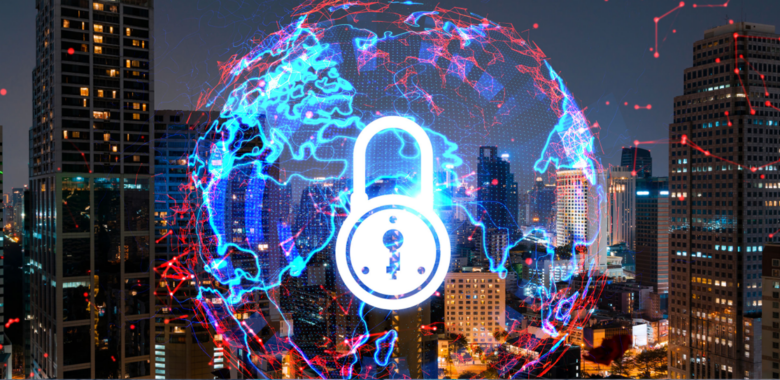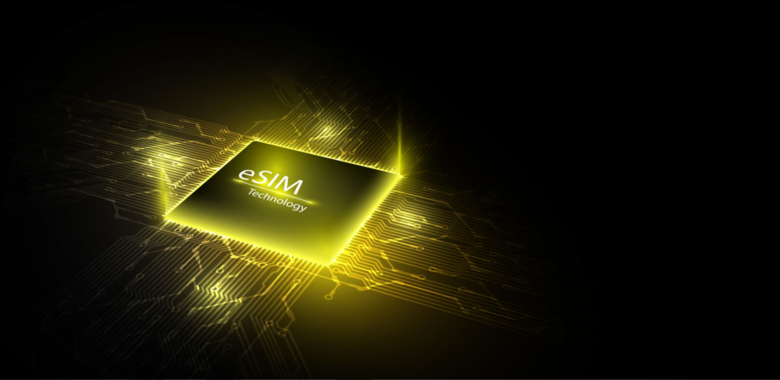The world is in a climate emergency, and it’s never been more important for industries to accelerate solutions that will support the energy transition. Enlit Europe, taking place from the 28th – 30th November, will bring together 12,000 energy professionals to find new ways to deliver clean, affordable and reliable energy for everyone.
So, as representatives from utilities, network operators, vendors, consultants, start-ups and system integrators gather in Paris, what innovations should we be looking out for?
GSMA’s Global Trends Report shares insight into the latest technological developments that will drive greater energy efficiency…..
- Sustainability built into technology road maps: A significant change in telecoms network buyers’ priorities is the growing imperative to build sustainability into the technology roadmap. Energy and the climate used to be confined to the realms of CSR, but evidence over the last three years suggests these factors have steadily risen up the agenda. This has culminated in energy efficiency being their top priority, with more than 80% rating it as important or extremely important to their planned upgrades.
- Enterprise sectors driving Internet of Things (IoT) growth: Nearly two thirds (63%) of enterprises are deploying IoT as part of their wider digital transformation efforts, according to the research. Indeed, IoT will reach 37 billion connections by 2030, with the enterprise sector driving significant growth. This includes connections that will support a more sustainable future including smart cities (0.7 bn), smart utilities (1.8 bn) and smart buildings (6.8 bn).
- 5G bringing energy efficiencies: Three quarters (75%) of operators believe 5G is more energy efficient over the long term. This is notable as the network accounts for around 90% of electricity use for an average operator. Lowering energy use overall is the challenge, and that depends on retiring 2G/3G networks, behavioural change and moving to renewables.
- Potential for open networks to drive further gains: The rise of open architecture networks, including open RAN, has garnered much attention. Besides reducing the market power of traditional vendors energy implications are also in play. However, it is too early to make firm conclusions on the overall energy efficiency of open RAN compared to traditional mobile network architectures. More proof points are needed.
- Measuring progress: While climate and energy issues have garnered significant attention, the ESG movement is broader, incorporating social and governance reforms in terms of how companies operate. In the telecoms sector, this could, for example, include requirements for suppliers to have sustainable procurement practices, or a certain threshold for gender composition at the executive/board level.
Connect with Thales at Enlit Europe
With European operators more exposed to the energy crisis, Enlit Europe will be a good opportunity for industry leaders to stay up to date with the latest innovations, and make progress towards decarbonised and digitalised energy systems.
If you’re attending, we’ll be showcasing our IoT Connectivity & Security solution based on the latest GSMA standards: IoT eSIM (SGP.32) and IoT SAFE. In this demo you’ll see a smart meter that is capable of reporting power consumption to an IoT platform via different cellular networks, dynamically selected.
After establishing a secure channel using IoT Safe technology, the eSIM monitors events such as power on, network loss, country change to the Thales TAC server that initiates a cellular profile download, swap or delete from any SM-DP+ (Subscription Manager Data Preparation) on the market. This allows a real-time data report and ensures localisation, resilience, mobility and lifecycle management with a high level of security.
Join us at meeting room 7.3MR08 or at the GSMA booth 7.2.E162. Register for free here!



